
PLA (Polylactic Acid) filament is a 3D printing material made from corn. It’s one of the most popular materials for 3D printers because it’s easy to print with and doesn’t require special equipment.
PLA filament is a bioplastic made from renewable natural resources such as corn, sugarcane, or tapioca roots. It is the most commonly used material by FDM (fused deposition modeling) 3D printers because it doesn’t need a heated print bed and warps and curls less than other materials.
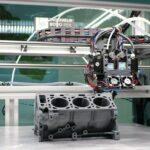 Our 3D printer PLA filament specifications are as follows: Diameter: 1. Print PLA on a regular desktop printer using the standard PLA settings included in almost all printer software (temperature, layer height, etc.). PLA is biodegradable and is suitable for printing household and office items.
Our 3D printer PLA filament specifications are as follows: Diameter: 1. Print PLA on a regular desktop printer using the standard PLA settings included in almost all printer software (temperature, layer height, etc.). PLA is biodegradable and is suitable for printing household and office items.
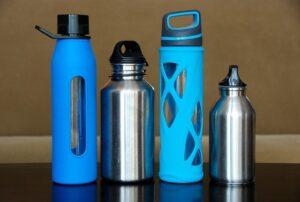
Printed objects will not warp or crack and can be sanded and painted with water-based paints. PLA is more substantial than ABS, and the filament is biodegradable and more sustainable. PLA generally works best with nozzles ranging from 0.35mm to 0.50mm.
Is a 3D printing material made from corn? It’s one of the most popular materials for 3D printers because it’s easy to print with and doesn’t require special equipment. PLA is more substantial than ABS, and the filament is biodegradable and more sustainable.
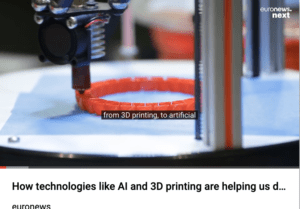 PLA prints are bendy and a bit less stiff than ABS. But they’re also more brittle. If you’re printing a part that holds or moves weight, then ABS is the better material.
PLA prints are bendy and a bit less stiff than ABS. But they’re also more brittle. If you’re printing a part that holds or moves weight, then ABS is the better material.
PLA is ideal for everything else: PLA parts can be more brittle than ABS but can break in under stress, typically stopping at a hairline crack. PLA will keep printing without a hitch. PLA is a bioplastic and is the most commonly used filament for 3D printing.
 It’s strong, easy to print, does not warp, and does not absorb moisture. However, PLA filament can only go well if it’s stored correctly. If your PLA filament is drying out or getting brittle, it’s probably because you need to store it correctly.
It’s strong, easy to print, does not warp, and does not absorb moisture. However, PLA filament can only go well if it’s stored correctly. If your PLA filament is drying out or getting brittle, it’s probably because you need to store it correctly.
Advantages Of PLA Filament
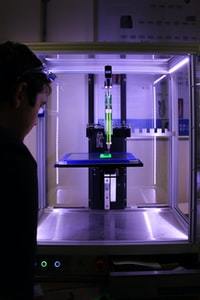 PLA filament is easier to 3D print than ABS filament. PLA filament does not require a heated print bed and does not produce a strong unpleasant odor. This makes it a better choice for desktop 3D printers.
PLA filament is easier to 3D print than ABS filament. PLA filament does not require a heated print bed and does not produce a strong unpleasant odor. This makes it a better choice for desktop 3D printers.
The print settings for PLA filament are more forgiving than for ABS. PLA filament can be printed on low heat settings of around 210C without losing its functional properties.
PLA Filament Is More Environmentally Friendly Than ABS
 When using PLA filament, you can feel better about yourself because you’re using a material that is less harmful to the environment. The printed parts also feel much smoother than the ABS filament.
When using PLA filament, you can feel better about yourself because you’re using a material that is less harmful to the environment. The printed parts also feel much smoother than the ABS filament.
One of the most important factors to consider before buying a 3D printer is the type of filament compatible with the printer. It is all right if the printer is compatible with ABS filament but not PLA filament.
Choosing the suitable filament
can help you achieve the print results you desire. PLA prints are safer than ABS prints. No danger of warping or shrinking during the cooling phase. PLA filament is easier to break from the nozzle than ABS filament.
This makes it easier to load into the printer. PLA is more eco-friendly than ABS. PLA is not made from oil, like ABS, but from renewable resources like corn starch and sugar cane.
PLA is recyclable.
 Printing with PLA helps save the environment. PLA prints are generally easy to remove from the print bed.PLA filament does not warp but clings to a heated print bed.
Printing with PLA helps save the environment. PLA prints are generally easy to remove from the print bed.PLA filament does not warp but clings to a heated print bed.
PLA filament prints smoothly and is extremely easy to work with. The low-odor formula of PLA filament makes it safe to use. PLA filament prints from 198 to 210 degrees Fahrenheit.
PLA Filament Advantages
 PLA filament is more durable than ABS filament. PLA filament has a high heat tolerance and will not warp or break down at high temperatures. It takes only a short time to dry completely, so it can be handled soon after printing.
PLA filament is more durable than ABS filament. PLA filament has a high heat tolerance and will not warp or break down at high temperatures. It takes only a short time to dry completely, so it can be handled soon after printing.
PLA filament is more environmentally friendly than ABS filament. It is made from renewable resources, such as cornstarch and sugar cane. PLA filament is easier to print with. PLA filament is stiffer than ABS filament, which means it will not bend or bow as easily.
It does not adhere to the print nozzle like ABS, so it does not need to be frequently replaced. Here’s what you need to know to keep your PLA filament in good shape.
The Right Way to Store PLA Filament
You should always store PLA filament in an airtight container or resealable Ziploc bag to protect against moisture and dust. If you are using the filament right away, you don’t need to put it in the fridge, but if you’re going to store it for over two weeks, you should refrigerate it.
The three common ways to keep filament are a sealed container, a vacuum-sealed bag, or a desiccant canister. PLA filament in a vacuum-sealed bag is a great and easy way to store it. You can buy vacuum-sealed bags from Amazon or any packaging store.
Make sure your filament is dry when you store it. Remove excess moisture from your filament in a sealed plastic bag. Store your filament at a temperature between 40 to 65 degrees Fahrenheit.
Store it in an environment with low humidity. You’ll know if your filament absorbs moisture because it’ll be harder to spool and have a “wet” feel. Here’s how to store filament so it doesn’t dry out or get brittle:
Don’t Store filament in the Heat.
 Storage temperature can make a difference. If you’re storing your filament in an area with higher temperatures, it’s more likely to get dry and brittle. If you’re looking for the best storage conditions, consider keeping it cool at around 65°F (18°C).
Storage temperature can make a difference. If you’re storing your filament in an area with higher temperatures, it’s more likely to get dry and brittle. If you’re looking for the best storage conditions, consider keeping it cool at around 65°F (18°C).
I’m Kevin, the founder of 3dprintingbykevin.com. I’m a technology technician and have worked in technology for over a decade. I started working with 3D printers because I was intrigued by the technology and wanted it to be more than just a hobby.
This site is owned and managed by 3D Printing by Kevin, a participant in the Affiliate Associate Programs, an affiliate advertising program designed to provide a means for sites to earn advertising fees by advertising and linking to Affiliate programs.
Here is the direct Filament link.
We don’t want to insult you, but we’re reaching out and asking for your help in leaving us a thought. It’s easy to do and only takes a few seconds. We appreciate your feedback. Thank you!
We only ask for thoughts from all visitors to improve our services.
Don’t you agree that reading assessments of a business’s services or products helps you make an informed decision?
Thanks,
Kevin

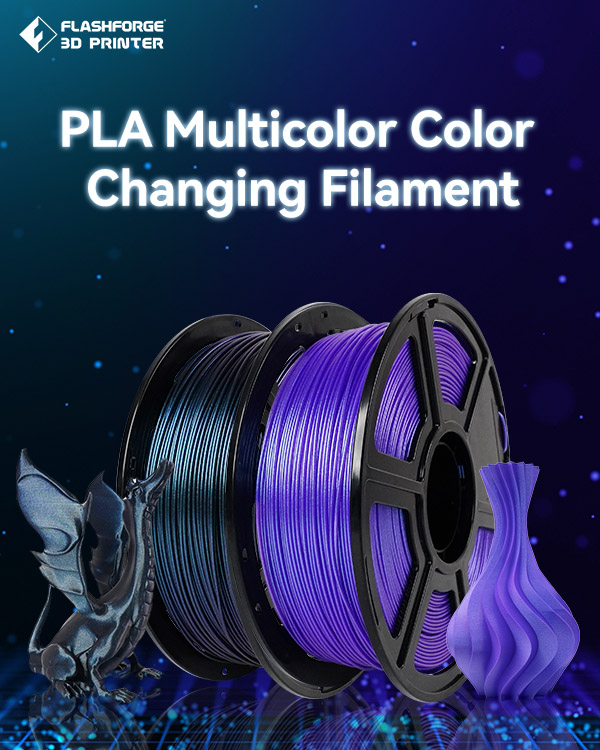
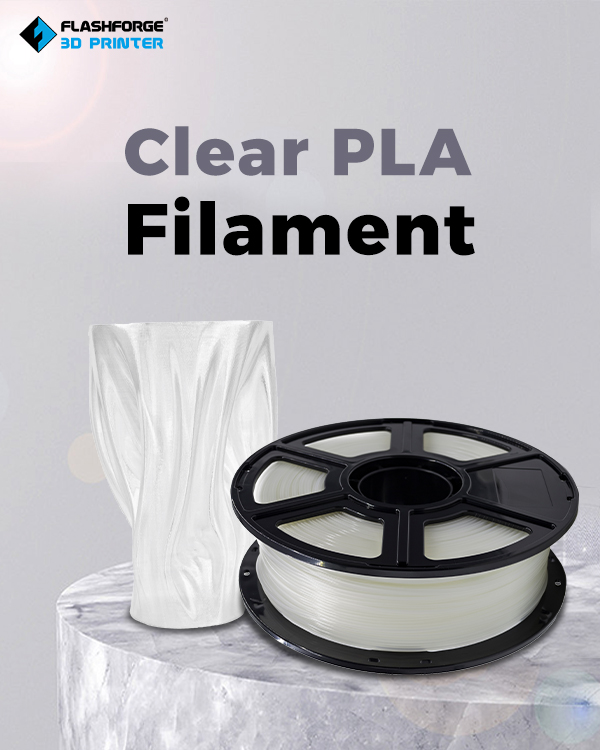
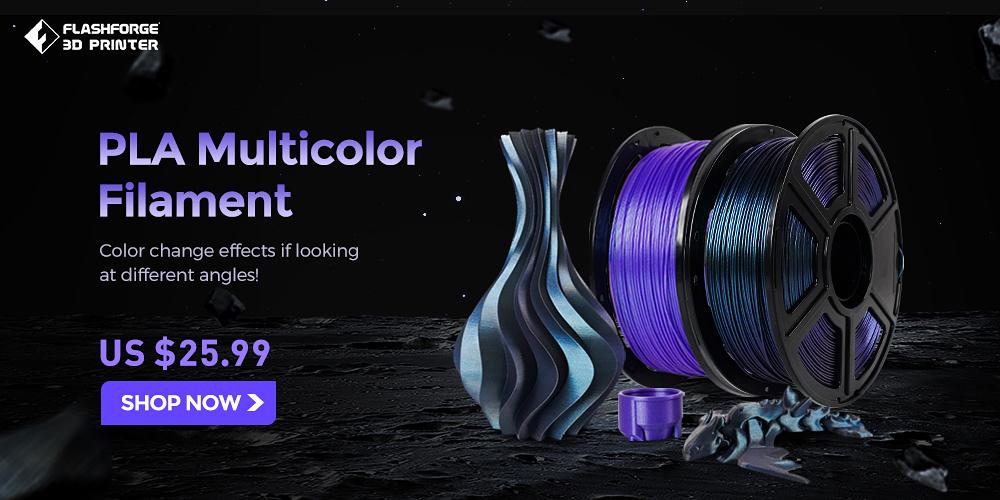


I had no idea that PLA filament was made from corn and that it was biodegradable. I am still trying to get my head around this type of printing and would love to see one of t Hess printers in action. So, on the whole, it looks like there are more benefits to using PLA rather than ABS for 3D printing. Is there a huge price difference between the two? I was surprised that the filament is best stored in a fridge.
I was pleasantly surprised to see the printers themselves are quite affordable.
Hello, Thanks for stopping by!
The price difference between PLA and ABS really depends on the brand and where you buy it from, but generally speaking, PLA is a bit more expensive. The benefit of using PLA is that it’s much more environmentally friendly than ABS. It’s an excellent option for anyone who is conscious of the environment or who wants to reduce their plastic consumption. Storing the filament in a fridge helps to keep it from degrading as quickly.
Very interesting and informative site. I learned a thing or two about the filaments used, their properties, and, most importantly – storage.
Hello, Thanks for stopping by! I’m happy to be of service! If I can give you a hand in the future, give me a shout! contact@3dprintingbykevin.com
I am interested in buying a 3d Printer down the road. This filament would be one of the materials I’d possibly use, and it’s good to know it’s more easily recyclable. I want a more industrial-grade printer that’s flexible in the material used for printing, so I’m hoping this printer could use more rigid, resilient filaments along with PLA. Is PLA durable in the long run, or does it have a shorter lifespan? Any ideas on where to look for good industrial machines would be appreciated. Good luck with your website.
Hello, Thanks for stopping by!
PLA is a very durable material for 3D printing, so it should last a long time with proper maintenance. However, some applications may require a more resilient material. For industrial-grade printers, you can look at companies like Ultimaker, Raise3D, and Makerbot. They offer a wide range of printers and filaments, allowing you to find the one that best suits your needs. You should also research which types of filaments would work best for your specific project or application.